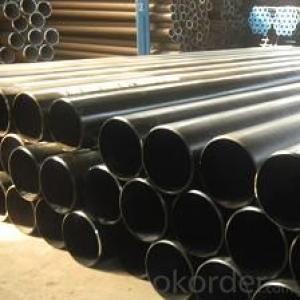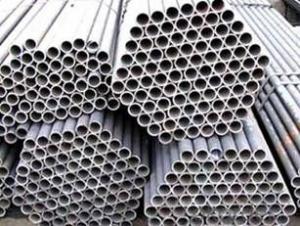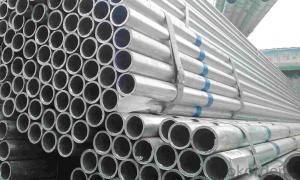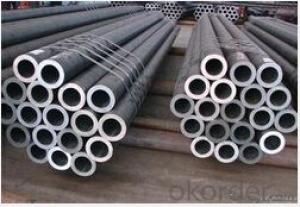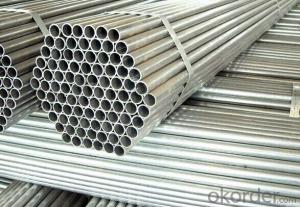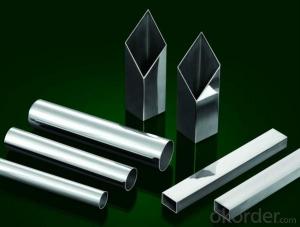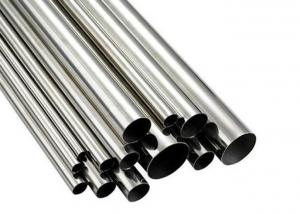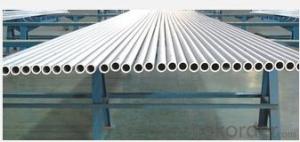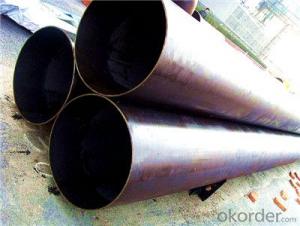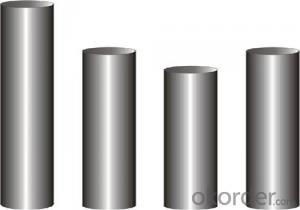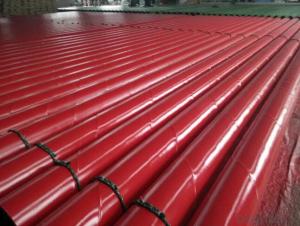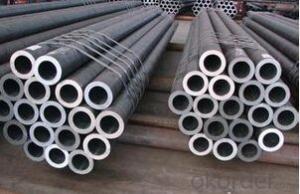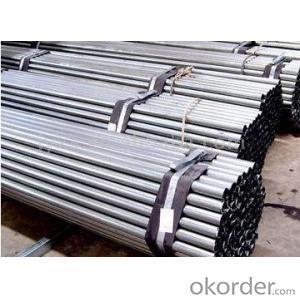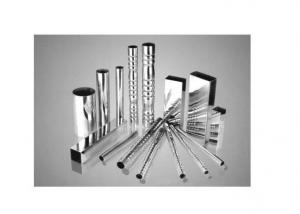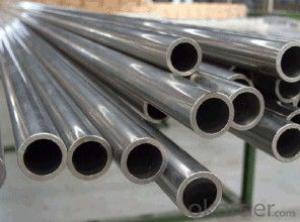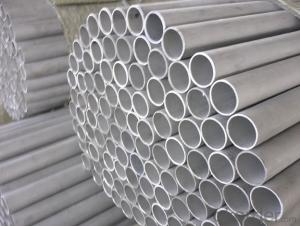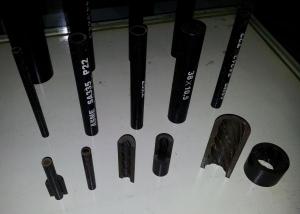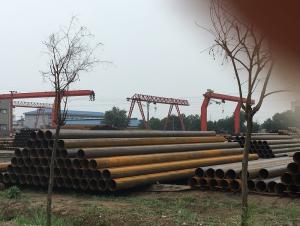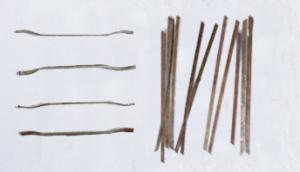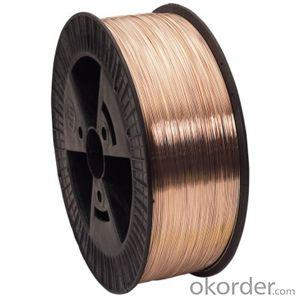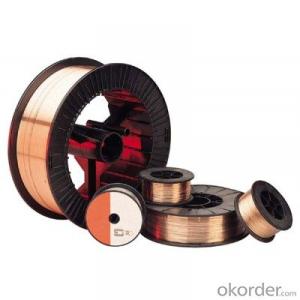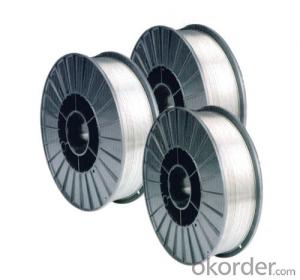Seamless Stainless Steel Tubing
Seamless Stainless Steel Tubing Related Searches
Stainless Steel Coil Tubing Stainless Steel Tub Stainless Steel Tubeing Stainless Steel Tubs Bending Stainless Steel Tubing Stainless Steel Piping Square Stainless Steel Tubing Flexible Stainless Steel Tubing Stainless Steel Tubes Stainless Steel Beverage Tub 1 Stainless Steel Tubing Stainless Steel Tubing Bender Stainless Steel Tubing Supplier 1 Inch Stainless Steel Tubing 304 Stainless Steel Tubing 1in Stainless Steel Tubing Stainless Steel Bath Tub Stainless Steel Laundry Tub Stainless Steel Wash Tub 1 2 Stainless Steel Tubing Stainless Steel Grooming Tub 2 Stainless Steel Tubing Stainless Steel Hot Tub Stainless Steel 1/2 Tubing Stainless Steel Tubing Cutter Stainless Steel Tap Stainless Steel Pipes Stainless Steel Tape 1 4 Stainless Steel Tubing Stainless Steel Threaded PipeSeamless Stainless Steel Tubing Supplier & Manufacturer from China
Seamless Stainless Steel Tubing is a type of stainless steel pipe that is manufactured without any seams or welds, ensuring a strong and durable structure. This product is known for its excellent corrosion resistance, high strength, and ability to withstand extreme temperatures, making it a popular choice in various industries. Seamless Stainless Steel Tubing is widely used in applications such as oil and gas pipelines, chemical processing, food and beverage production, and construction due to its versatility and reliability. The product's seamless design not only enhances its strength but also reduces the risk of leaks and failures, making it a preferred choice for critical applications where safety and performance are paramount.In various industries, Seamless Stainless Steel Tubing plays a crucial role in maintaining the integrity and efficiency of systems and processes. Its use in oil and gas pipelines, for instance, helps to ensure the safe and reliable transportation of these valuable resources. In chemical processing, the tubing's resistance to corrosion and ability to handle high pressures make it an ideal choice for transporting aggressive chemicals. Similarly, in the food and beverage industry, Seamless Stainless Steel Tubing is used for its hygienic properties and resistance to contamination, ensuring the safety and quality of the products being processed. Construction also benefits from this tubing, as it can be used in structural applications and for the transport of water and other fluids in buildings.
Okorder.com is a leading wholesale supplier of Seamless Stainless Steel Tubing, offering a vast inventory to cater to the diverse needs of customers across different sectors. With a commitment to quality and customer satisfaction, Okorder.com ensures that the Seamless Stainless Steel Tubing they provide meets the highest industry standards. Their extensive inventory allows customers to find the exact specifications and quantities they require, making Okorder.com a one-stop solution for all Seamless Stainless Steel Tubing needs.
Hot Products

